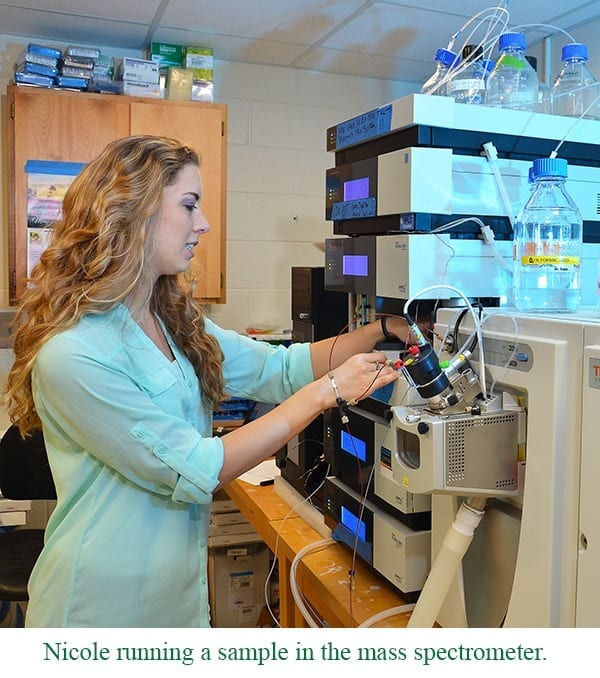
Seeking to advance minimally invasive medical treatments, researchers have proposed using tiny robots, driven by magnetic potential energy from magnetic resonance imaging (MRI) scanners.
The researchers described the work in a paper presented this week during ICRA, the conference of the IEEE Robotics and Automation Society in Seattle.
Aaron T. Becker, assistant professor of electrical and computer engineering at the University of Houston, said the potential technology could be used to treat hydrocephalus and other conditions, allowing surgeons to avoid current treatments that require cutting through the skull to implant pressure-relieving shunts.
Becker was first author of the paper, “Toward Tissue Penetration by MRI-powered Millirobots Using a Self-Assembled Gauss Gun,” working with collaborators Ouajdi Felfoul, Harvard Medical School postdoctoral fellow at Boston Children’s Hospital, and Pierre E. Dupont, visiting professor of surgery at Harvard Medical School. It was nominated for best conference paper and best medical robotics paper.
The paper details a technique for generating large impulsive forces that can be used to penetrate tissue, an approach based on sending tiny maneuverable robotic components to a desired location and triggering the conversion of magnetic potential energy into enough kinetic energy to penetrate tissue.
“Hydrocephalus, among other conditions, is a candidate for correction by our millirobots because the ventricles are fluid-filled and connect to the spinal canal,” Becker said. “Our noninvasive approach would eventually require simply a hypodermic needle or lumbar puncture to introduce the components into the spinal canal, and the components could be steered out of the body afterwards.”
Using a MRI scanner, the researchers mapped routes on high-quality brain images, hacking the scanner to harness the MRI’s own magnetic fields to push the small robots. The team demonstrated use of magnetic forces to activate needle-biopsy robots and to walk robots around an MRI.
“The approach proposed here involves navigating individual millirobots to a target location and allowing them to self-assemble in a manner that focuses the stored magnetic potential energy as kinetic energy for tissue penetration,” they wrote.
Read more: Medical millirobots offer hope for less-invasive surgeries
The Latest on: Medcal millirobots
[google_news title=”” keyword=”Medcal millirobots” num_posts=”10″ blurb_length=”0″ show_thumb=”left”]
via Google News
The Latest on: Medcal millirobots
- Feed has no items.
via Bing News









